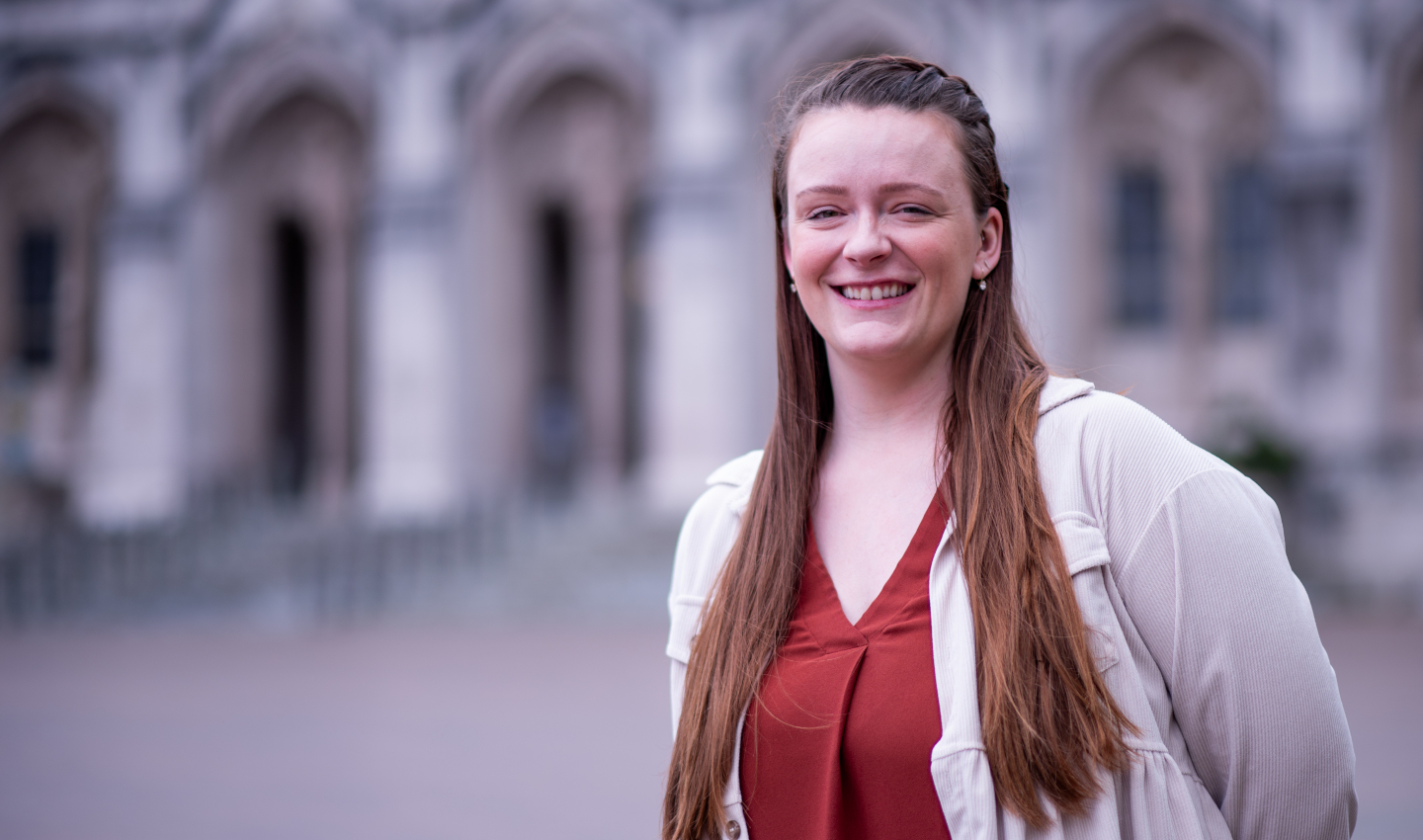The words “concentration camp” bring about disturbing images and evoke an emotional response. When people think of concentration camps, their minds are likely to turn to the Nazi extermination camps of World War II. However, many Americans might not think about the concentration camps that were within their own borders, incarcerating Japanese Americans.
Following the Japanese attack on Pearl Harbor in 1941, the Roosevelt administration ordered the mass removal of Japanese Americans from their homes and into camps for the majority of the war. These camps were mainly located in the West and incarcerated over 120,000 Japanese Americans.
Addressing the lack of education of the histories of incarcerated Japanese Americans during World War II is the mission of the local nonprofit Densho. A Japanese term meaning “to pass on to the next generation,” Densho documents the testimonies of those incarcerated and aims to preserve their stories in order to educate and inspire action for equity.
Master of Library and Information Science student Kathryn Bolin was drawn to the organization’s mission for her Capstone project, “Military Intelligence Service (MIS) Northwest Association.” Sponsored by Densho, the project aims to teach website visitors about Japanese American military history.
“This project helps explain a side of Japanese American military experience that I think in general people just aren't aware of,” Bolin said.
Bolin has an MA in history from Virginia Tech, where her thesis was on American immigration policy during the Holocaust. As an MLIS student, she discovered more about the incarceration when Densho Archives Director Caitlin Oiye Coon was a guest lecturer in her archives class.
“I study this era of history and I study racist politics of this history, but I didn’t know that part of America's history,” she said.
Wanting to uncover more information, she obtained a Diversity in Local History (DLH) grant-funded position to work with Densho on this project — digitizing a collection of documents from the Military Intelligence Service (MIS) Northwest Association, a veterans group composed mostly of Japanese Americans who served as linguists during World War II. The collection contains about 1,000 files including copies of the MIS newsletter, newspaper clippings and organizational documents. Bolin hopes the finalized materials will eventually be made available to the public to promote awareness of marginalized history.
Bolin’s job was to go through these documents and raw images and edit and write metadata for them. From there, the files are imported into the Densho Digital Repository, making them available online.
Bolin’s metadata describes each image, letter and document — time-consuming work, but necessary to make this part of history more accessible. The collection preserves and promotes the diverse experiences of Japanese Americans during World War II and the post-war era.
“Archival work is very, very time sensitive,” she said. “But because I had the time to be so thorough, I was able to describe the collection better and hopefully one day make it more accessible.”
Part of her interest in archives is redescription, changing outdated terminology to how marginalized communities want their history described. For example, Densho prefers “internment” or “relocation” camps to be called “concentration camps.” Instead of the “relocation” of Japanese Americans, they prefer the term “mass removal.”
Working with terminology has been one of the most important aspects of Bolin’s archival work, as it has taught her new terms and how to approach labeling with respect to a marginalized community.
“Get familiar with their preferred terminology and learn it, not just reviewing it once, but acknowledging what certain terms mean if you're not familiar,” she said. “That's my biggest advice: If you're going to talk about [marginalized communities], talk about them the way they want to be talked about correctly.”
Throughout the archival work, Bolin has made an effort to accurately tell the stories behind each document and image in the collection.
“I got to play detective a lot,” she said.
Whether she’s been using a reverse image search to find the location of a specific garden in an image or cross-referencing files to learn which event a veteran was attending, Bolin has been able to discover more than just history through the stories she is piecing together.
One notable piece she uncovered was an article in the collection that told the story of a Japanese American MIS officer who interrogated a Japanese Navy officer and former prisoner of war. They eventually became friends and were still keeping in touch at the time the article was written in 1995.
“I saw the word reconciliation, and I was like, ‘Wait, that's probably an interesting story, if we're talking about Japanese American military history,’” she said. ”[I thought] I should look closer at this.”
As Bolin completes her Capstone project, her archival work for Densho has taught her the importance of donor relations and working directly with communities to ensure that their desires and needs are prioritized.
“A term that's more popular now in archiving is stewardship of material,” she said. “So it's not that an archive owns a collection, it's that they're working with people of that community with their own history, and I think that's what Densho is doing there: being a respectful collaborator and a respectful steward of this material.”
